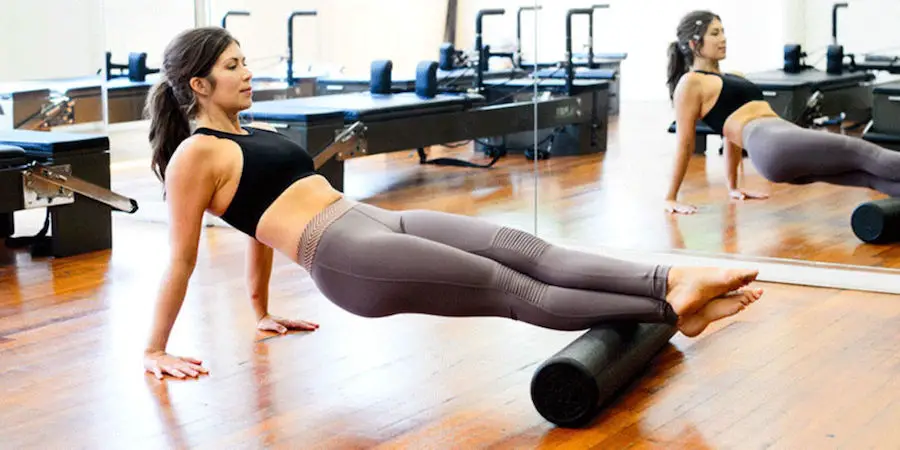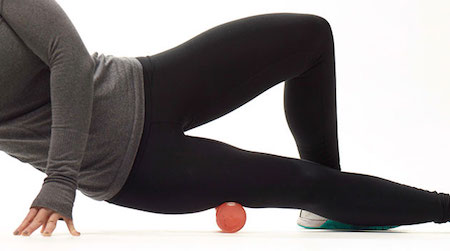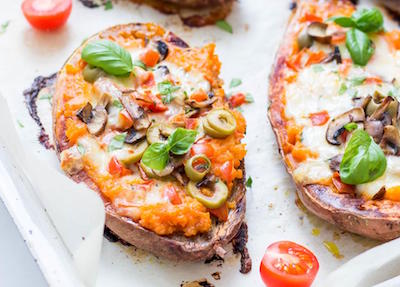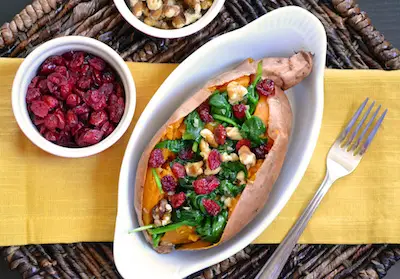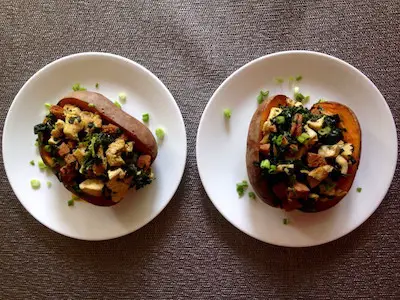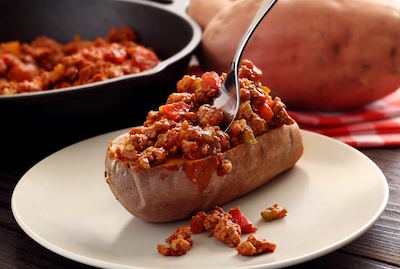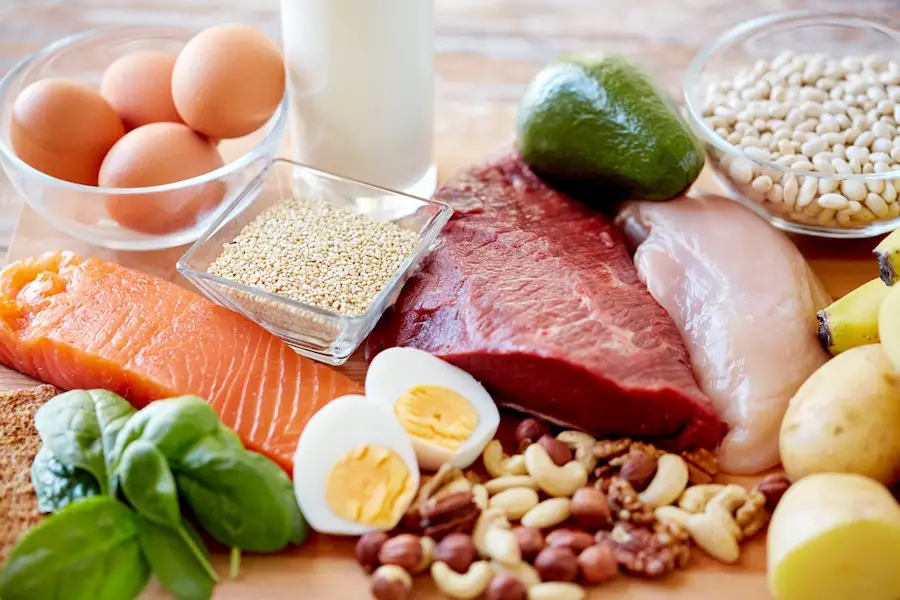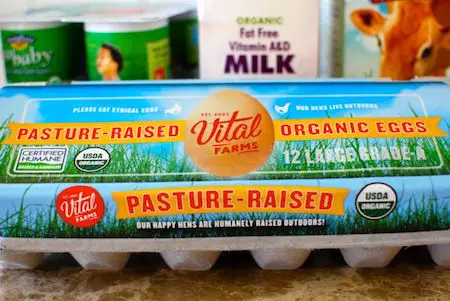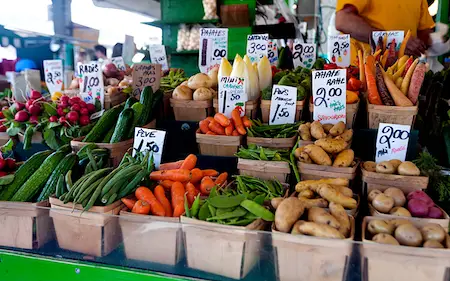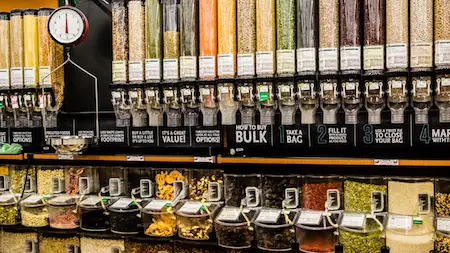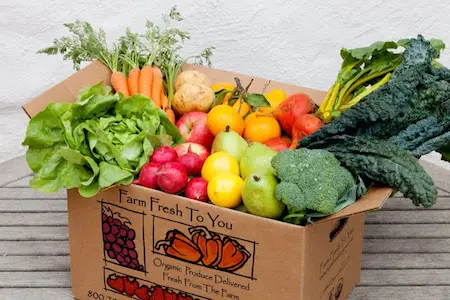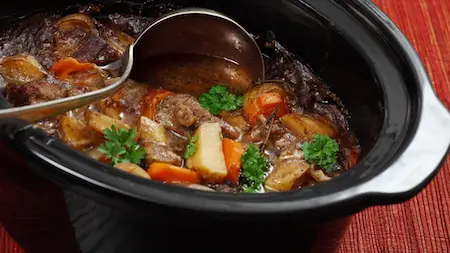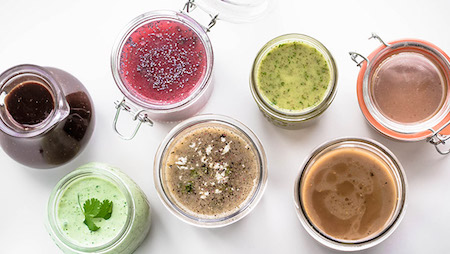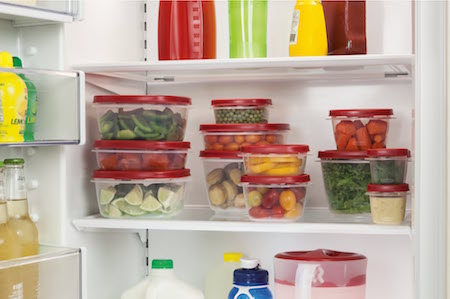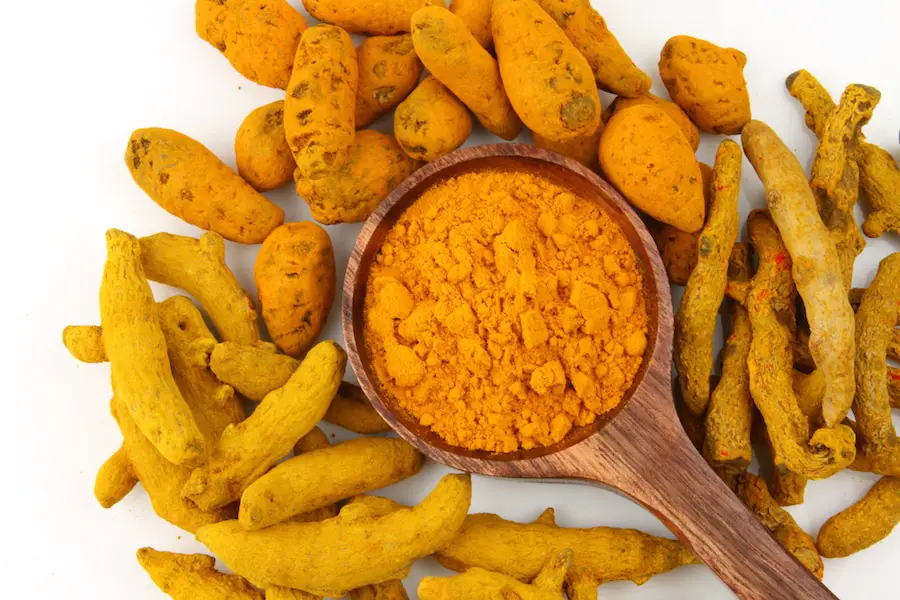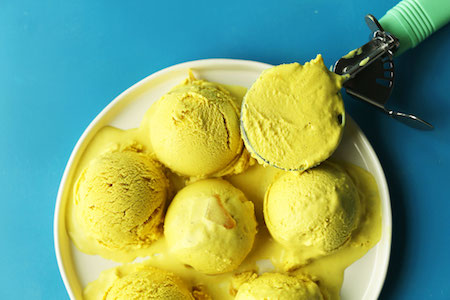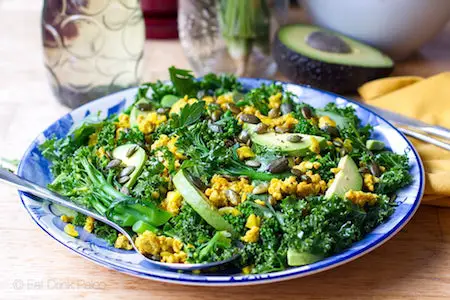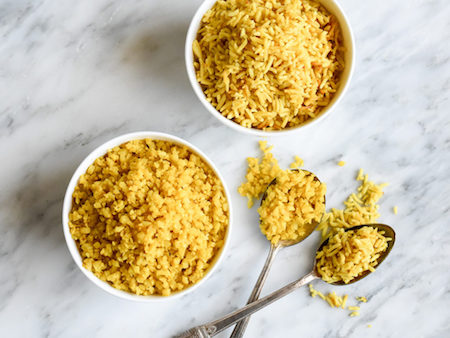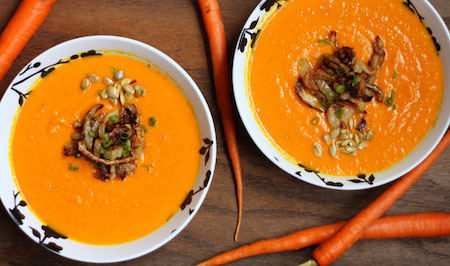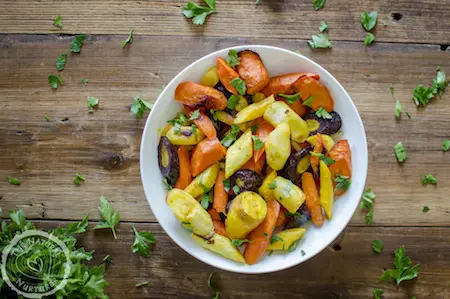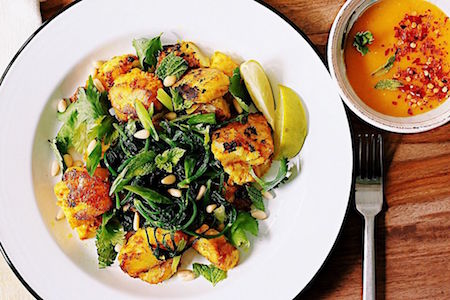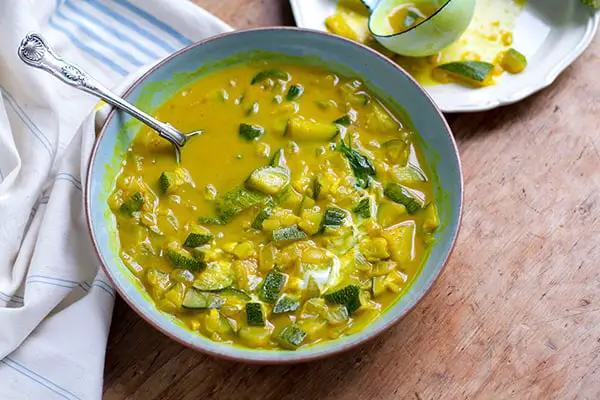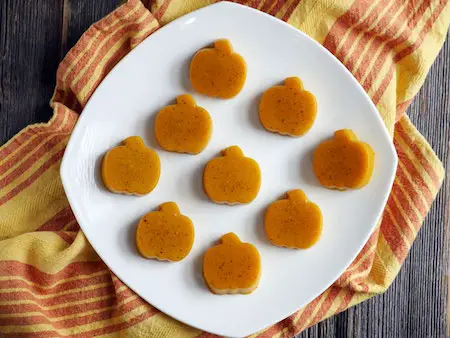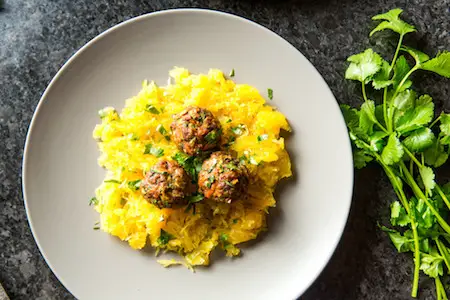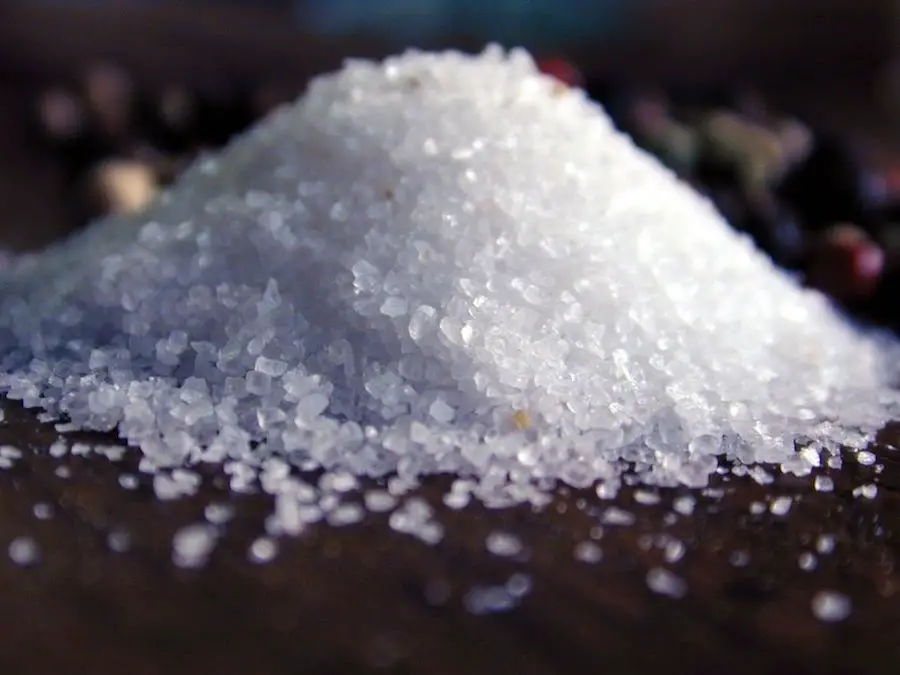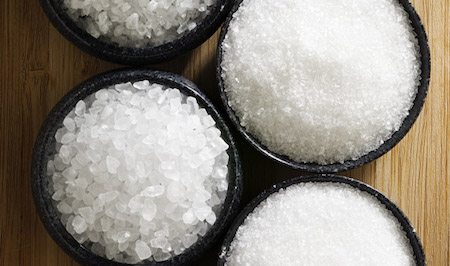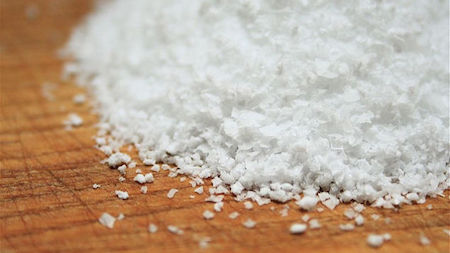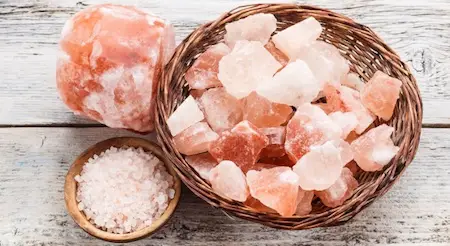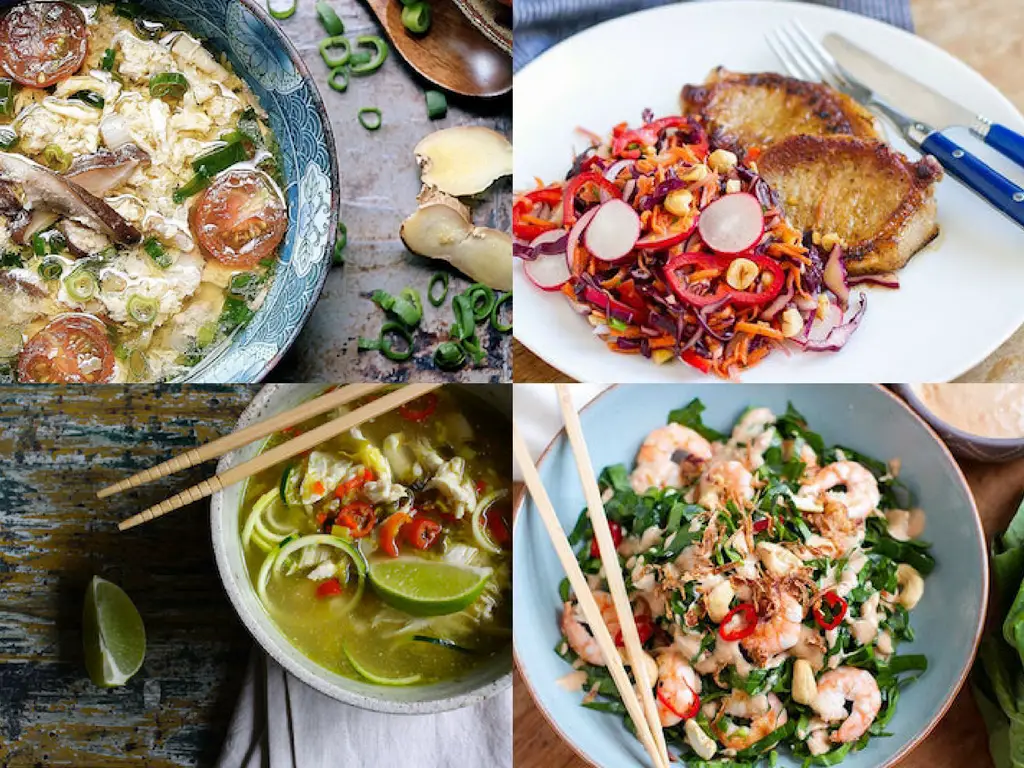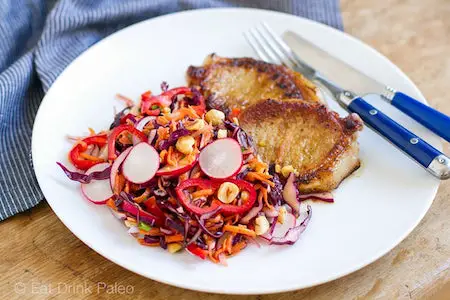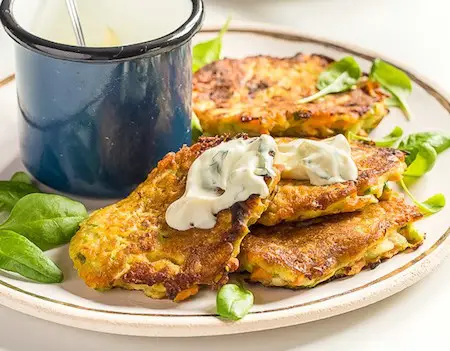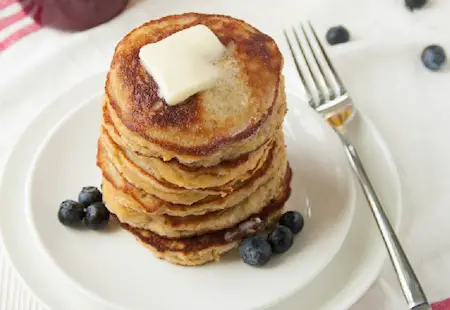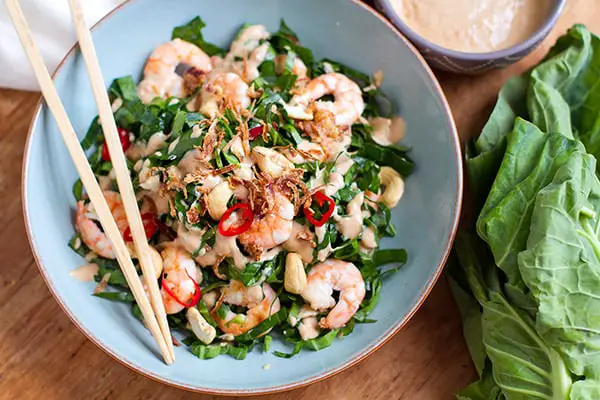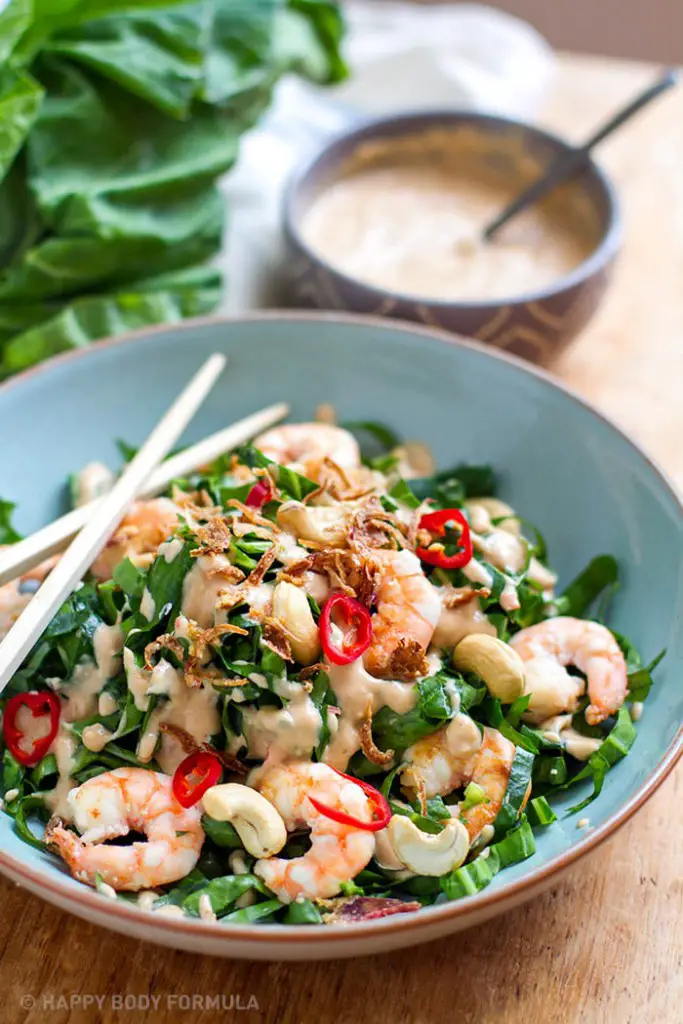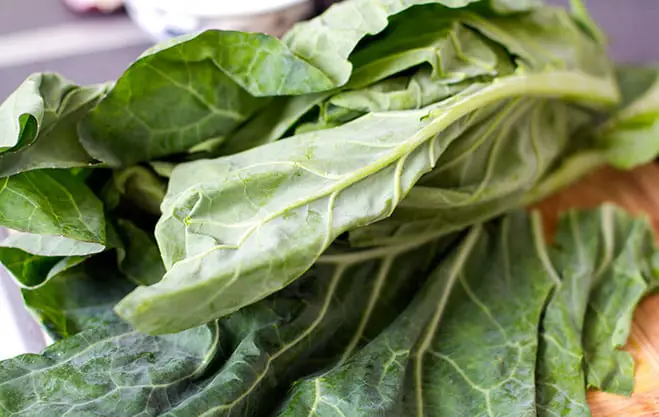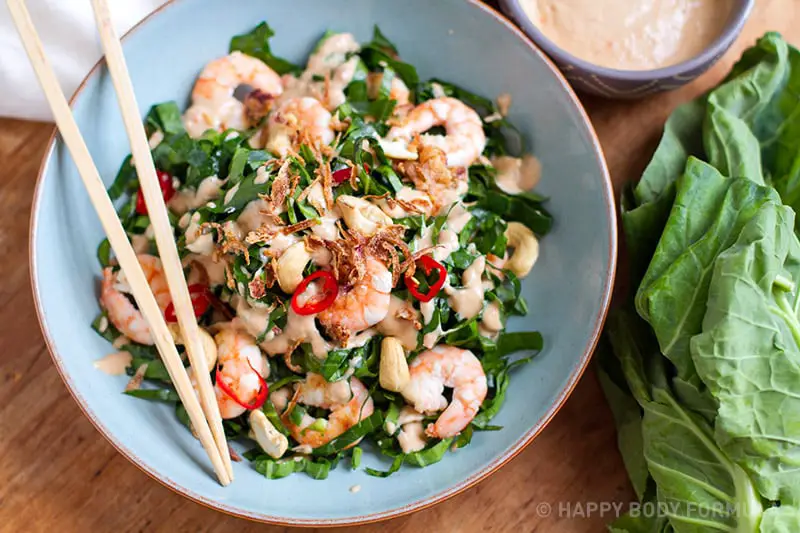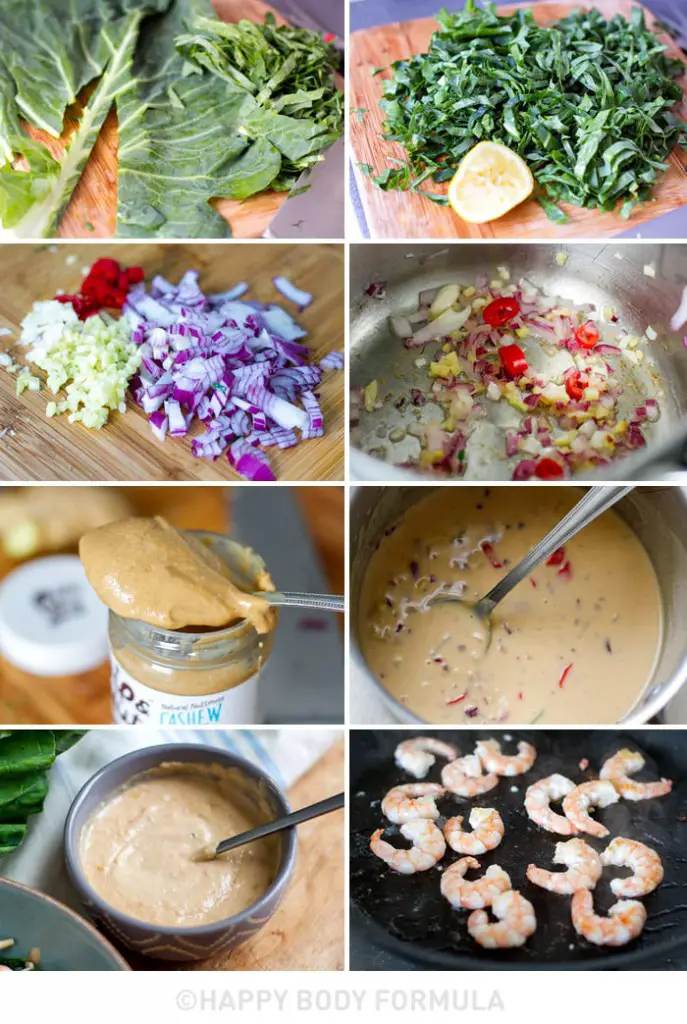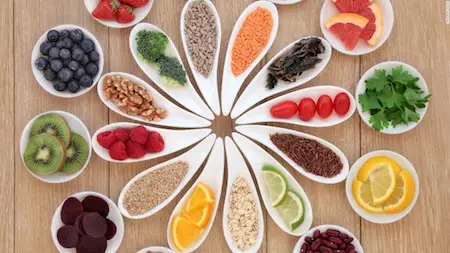Some of us are morning people, and we’re willing to bet most self-proclaimed early birds are pretty set in their routine. While it comes naturally to some, the possibility of a pleasant morning may evade others.
For certain people, it might just take a little extra effort. Even if you’re a night owl and waking up before sunrise seems impossible to enjoy, we’re willing to bet that you could learn to love your morning.

There is something quite special about the quiet stillness before everyone else is up and at ’em. Besides, who doesn’t love a good sunrise?
Habit is powerful, and taking these steps can help you develop new rituals to make getting out of bed simple. You set the tone for the day as soon as you wake up, so we want to help you learn to set a good tone.
1. Wake up an hour earlier
Seriously – it makes a huge difference, and we’re not talking about being tired. Once you get going, you’re unstoppable (if you can convince yourself of it, of course!). The first step you should take is going to bed an hour earlier so you’re not missing out on any rest.
This can be an especially powerful tool for those who find themselves rushed, starting off the day stressed and frazzled. It doesn’t have to be so hard!
Allowing yourself time to move at a slower pace in the morning can make a long commute feel like a pleasant time of reflection; taking time to eat at home versus eating in the car could set you up to make better food choices throughout the day; you could even begin the day with exercise instead of trying to squeeze it in when you’re tired after work.
Share on Pinterest
https://happybodyformula.com/wp-content/uploads/2016/10/hacking-morining-routine.jpg
2. Go bulletproof


While cutting out caffeine could potentially be the solution to your morning routine, another idea is to try bulletproof coffee if you haven’t already.
Often, we’re under the impression that we need coffee in the morning, but some of us end up crashing and burning later when the buzz wears off, only to feel anxious and jittery.
Beyond cutting coffee altogether – and replacing it with something like warm lemon water or herbal tea – there’s some brainy benefits to adding a little fat to your cuppa.
Plenty of dietary fat in the morning can boost your cognitive function (fat is brain food!), increase focus and provide you with sustainable energy throughout the day.
It will stabilize your blood sugar so you avoid both the buzz and the crash, and slow down the absorption of the caffeine so its effects take on a steadier, extended release.
3. Sleep away from your phone


First of all, if you sleep away from your phone, you could simultaneously hack your bedtime routine while hacking your AM call – consider it killing two birds with one stone.
You’ll likely improve your sleep hygiene by avoiding blue light in bed, which should make getting up an hour earlier a bit easier. Moreover, waking up without your phone allows you to do so slowly and think about other things instead.
Let’s be honest – how many of you are reaching to check your notifications first thing in the morning? If that’s your bad habit, it’s a good one to break.
Instead of bombarding your brain with what you have to do later, you can face it when the time comes with a clear head by giving your brain a more gentle wake up call.
If you need more tips on getting a better rest at night, join the free 7-Day Sleep Better Challenge which will cover all the tools you need to feel energized in the morning.
4. Stick to the plan


Well, first you have to make the plan, but that’s the easy part. Sticking to it is the tough stuff, but like most difficult things, it pays off! We often reserve to-do lists for big things, but writing down those little morning habits and checking them off the list can help you lock a routine into place.
Even if brushing your teeth feels like second nature, it’s good to do it mindfully.
Habit is powerful, so building new ones requires diligence. If there’s something you want to get done in the morning, make it as much a priority as showering – things like exercise, meditation, journaling, or cooking breakfast at home get pushed to the wayside because we consider them possibilities rather than non-negotiables.
5. Simplify your wardrobe


Clutter in general holds people back in ways they don’t anticipate, or even notice (hence our next rule of thumb for hacking your morning routine). While cleaning out your closet may not sound like a fun way to spend the weekend, it can certainly make those early weekday mornings a lot more tolerable in the long-run.
While it’s not necessary to take the capsule wardrobe route (as pictured above), it is good to have less to choose from.
This makes it simple to plan ahead of time, whether you lay your clothes out for the next morning before you hit the sack, or you have a small, carefully curated and versatile collection to choose from in the morning.
A lot of extra energy is expended when our lives are a bit cluttered around us, and it can really bleed into our minds for the day. This is a simple tactic to simplify your morning routine and get a few extra zzz’s.
6. Don’t fall asleep with a mess
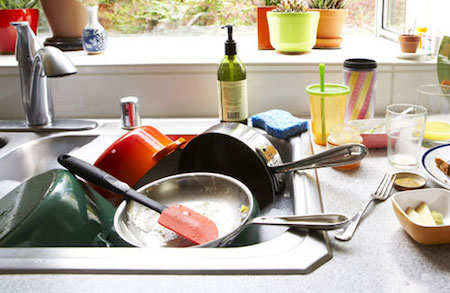

Waking up to last night’s mess is a total bummer, and it puts our brains into overdrive immediately. We either have to spend time cleaning right out of bed, or we shuttle off to work knowing that it will be waiting when we get home.
While a full sink isn’t exactly nightmarish, it’s a small habit to change with some big results in terms of peace of mind.
Instead, designate time the evening before to make sure you can wake up on the right side of the bed. A clean home is a happy home, and a happy home is a wonderful place to relax in the mornings before the day gets busy.
By maintaining a tight tidying up schedule, you’ll have less room for messes to build up throughout the week, too. Finally, make sure you don’t leave your belongings scattered throughout the house the night before; keep your keys, bag, and anything else you’ll have to “find” in one place to avoid the frantic morning search party.
7. Quit snoozing


The snooze button seems like your friend, but let’s get real – it’s not on your side! And honestly? Those 5, 10, 15 or 20 extra minutes are negligible in terms of your energy levels when you finally get out of bed – it’s quality over quantity when it comes to good sleep, and getting jarred awake by the alarm every five minutes isn’t exactly primo slumber.
When you do finally get up, you’ll realize how important those ten extra minutes can be, and getting up too late puts you into panic-mode, immediately frazzled.
Your already short morning just got shorter, and that can be incredibly stressful. Spare yourself the dramatics and get up on the first alarm! You can turn the snooze function off entirely if you’re trying to break the habit.
8. Turn on some tunes


It might sound a little silly to wake up and dance (or sing) it out, but it’s actually good for you. Some people might prefer quiet mornings, but if you’re looking for a little natural energy boost, turning on either uplifting or calming music right out of bed can get your brain fired up.
This is especially true if you include some choreography, which serves as light exercise to get you feeling a bit more enthusiastic about tackling the day ahead.
Wake up happy! Make a playlist that corresponds with how much time you have to get out the door in the morning so you can keep time a bit easier.
9. Spend some time in the sun


Vitamin D is important stuff, and a lot of us don’t get enough of it. It’s not surprising, considering most of us are confined to the indoors for most of the day.
Thus, if the season is right and time allows, getting some sun first thing in the morning can be just as good for the body and mind as making sure you eat a healthy breakfast.
If you can combine the two, getting exercise outdoors in the morning is the golden ticket to setting up a solid morning routine. The sun will also regulate your circadian rhythm, which is your body’s way of enforcing a “normal” sleep schedule, so you’ll get better sleep at night and be more alert in the AM.
If you don’t have time to get outside, try spending time in a room in your house with plenty of natural light, and open the curtains to let it in!
10. Properly fuel your body
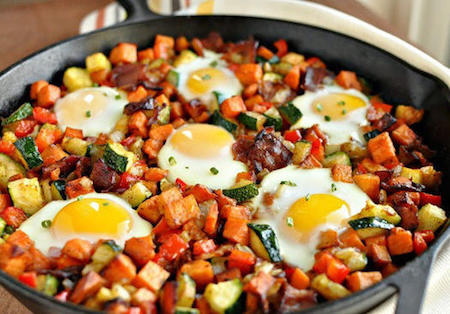

You knew this one was coming, right? We’re big proponents of meal prep, so we’ll keep this one simple. If you’re going to breakfast at the drive-thru coffee shop or you’re skipping it altogether, stop right there!
Making a proper breakfast possible whether it’s the night before or the reason you wake up early is vital to good energy that lasts throughout the day. You’re waking up after technically fasting for 8+ hours, so it’s important to get some energy.
Focus on protein, fat and vegetables for the best results.
What’s your number one step to your morning routine? Share your early bird secrets with us below.
Music, mountains, dogs, travel, food and friends.

